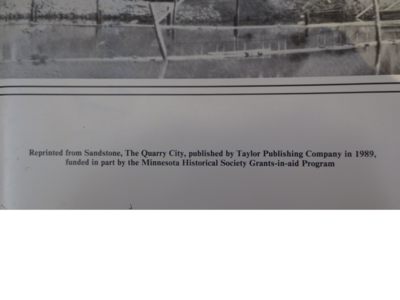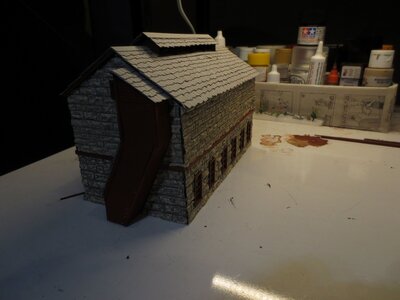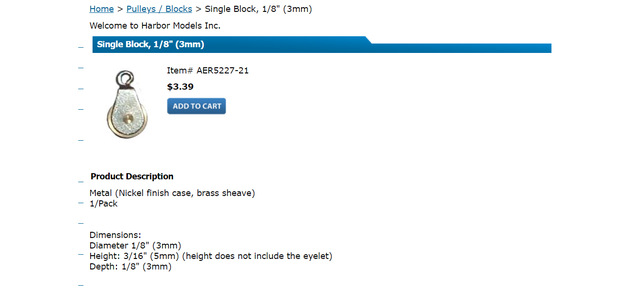logandsawman
Well-Known Member
Chris,Yeah wasn't exactly sure the type you were looking for, I'll dig around, sure to be some somewhere.
The literature that I have indicates that 3' x 3' x 5' chunks of sandstone were cut with a series of 5 gang saws suspended from the ceiling. They were adjustable in width. It says that the blades were made from "bands of steel". Not sure if the author of the article meant literally bandsaws, I don't think so but I think they were oscillating lengths of strips of steel.
Further, they were specific in that the blocks were loaded onto smaller "flat cars" and those were pushed under the gang saw arrangement. Sounds kind of fascinating to me. This system was in use from 1910 until the mid 1920's, At that time, a different entity built a new sandstone cutting building up on top of the hill and they contracted out all the sawing to that outfit. That was a much larger building.
I understand the quality "hard" sandstone ran out. There were other financial difficulties and around 1940 operations ceased. There is still one spar pole left in the quarry. The quarry is now part of a city and state park and well used by tourists.
Thanks for your interest!!!!
Dave LASM





